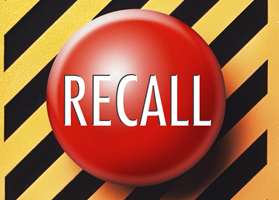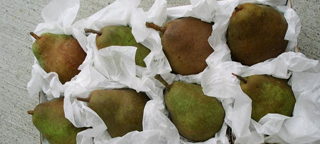Recall and Withdrawal Procedures
The recall program is the safety net that prevents consumers from obtaining an adulterated or potentially harmful product. The very survival of a farming business may depend on how well and how quickly it can respond to the first notice that a product recall may be necessary. Product recalls are certainly expensive, but attempting them without adequate planning can be much more costly.

Producers are required to have documented procedures in place to manage recall or withdrawal of certified products from the market place. These procedures shall be tested annually for effectiveness and this may include a mock recall test. (AF8.1)
The procedures should include:
- Types of events that may result in a product recall / withdrawal.
- Identification of all persons responsible for decision making.
- Explanation of the notification procedure for informing customers and the respective certification body.
- Methods of reconciling stock
In order to conduct a product recall / withdrawal, producers are required to have a forward traceability system in place that determines the client the produce was sold to. (See also CB 1, LB 3.2 and AB 5.1.2)
A documented recall procedure must exist and a mock test must be done at least annually to certify that the system is in place and it has been tested.
It is important that the producer can also demonstrate how effective his mock recall was e.g. by calculating what percentage of the product could be traced. E.g. if he packs 100 cartons of grapes on a specific day but can only trace 80 cartons of grapes to his direct clients, he is then missing 20 cartons of grapes that he cannot account for. This indicates only an 80% success rate. The producer also needs to show how he traced the cartons and this procedure must be in line with the written procedure that will be followed in case of a REAL recall. This is an example of how stock can be reconciled.





